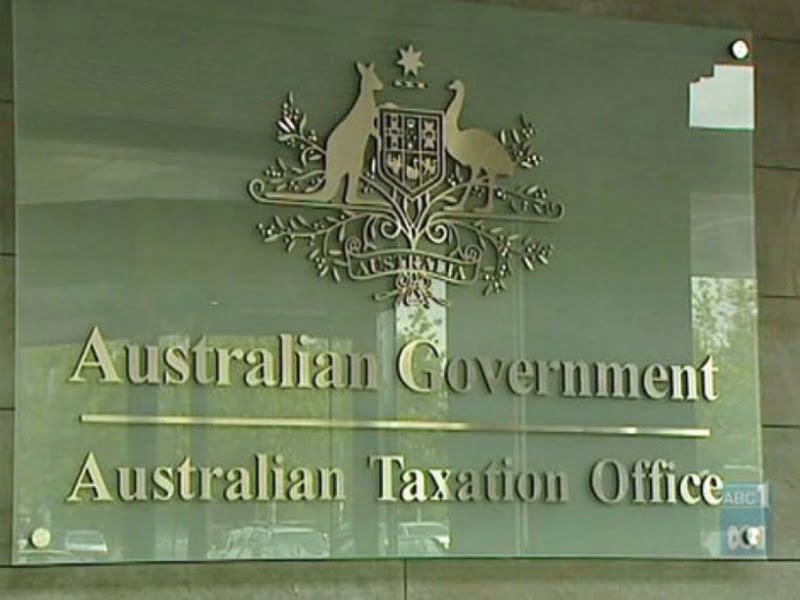The federal government has finally confirmed that any payments made to employees through the JobKeeper scheme are not eligible for the research and development tax incentive, with companies now likely to have to amend the last two years worth of tax returns.
Just days before Christmas last year the Australian Taxation Office (ATO) released three guidance products for the research and development tax incentive (RDTI), including how JobKeeper payments interact with the “at-risk” rule.
The guidance clarifies that JobKeeper payments are ineligible for the RDTI. The decision comes after a draft ruling to the same effect was released by the ATO in August 2020. This draft decision was met with significant backlash and was labelled “absurd”, but the ATO has opted to stick with the ruling.

Michael Johnson Associates chairman and RDTI expert Kris Gale said the ruling would punish companies that were able to continue operating and investing in R&D during the pandemic, thanks to the JobKeeper scheme.
“Their position puts companies in a position where they have to do additional documentation and paperwork to take a benefit away from themselves for a financial event based on a global event that was certainly not on their mind when commencing the R&D,” Mr Gale told InnovationAus.
“A lot of companies will now have to do amended claims – it’s administratively painful. They’ll be amending claims to take benefits away based on a government subsidy that was meant to keep businesses viable. Government support is being taken away because of this other government subsidy.
“The government said that given the economic circumstances we’ll give a benefit to enable businesses to survive in these conditions, but then you lose the behaviour incentive even though you kept doing R&D and didn’t batten down the hatches. These are the companies that pushed on and even increased their R&D efforts.”
A number of companies and RDTI experts put in submissions to the ATO contesting the draft decision around JobKeeper claims, but were unsuccessful in having it overturned.
At the time, the draft decision contained “fundamental errors” according to Pattens Group managing director and former Cochlear group financial controller Bruce Patten. Mr Patten said JobKeeper payments should be considered government grants and should be subject to a clawback RDTI adjustment rather than being ineligible entirely.
A number of changes to the RDTI came into effect this financial year, and it was hoped that the scheme had reached a point of stability and consistency, with the government’s crackdown on claims lessening.
An Australian National Audit Office (ANAO) audit of the administration of the RDTI by the ATO and Department of Industry late last year found that the agencies had been “largely effective” in their roles.
Despite the audit office finding that the department’s previous attempt to outsource key assessments under the scheme had been unsuccessful, the government is having another go at this, with Industry awarding Canberra company Proximity a $500,000 contract running to the end of last year to assess some RDTI claims.
Do you know more? Contact James Riley via Email.


For those not following this closely, the provision the ATO is aggressively applying is the “Expenditure not at risk” provision. This requires that when the R&D business incurs expenditure on R&D, that expenditure by the entity must be “at risk”. The simplest example of this is that there is no one will pay you for doing the R&D even if the R&D fails. The eligibility for JobKeeper was based on turnover decreases and was not dependent on any employee doing anything, certainly not any R&D – many were paid to sit at home and not be furloughed. The justification used by the ATO is that the Jobkeeper payment can broadly be considered “consideration”. The “Expenditure not at risk” provision only requires that “consideration” be knowingly receivable “as a direct or indirect result of the expenditure [on R&D activities] being incurred” when the R&D expenditure was incurred. The aggressive interpretation of “indirect” is not justified because, as the article points out, the receipt of “consideration” by way of a government grant specifically to do R&D does not make expenditure covered by that ineligible as “Expenditure not at risk”, it just means that some of the R&D net after-tax benefits may be subject to the grant clawback provision.